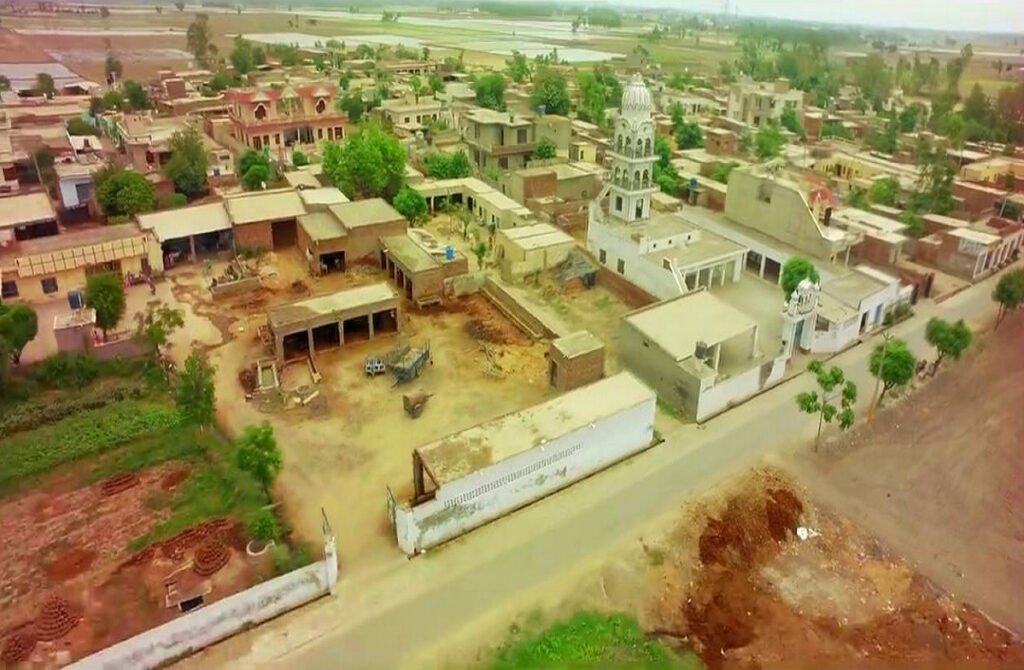Following the decline and subsequent fall of the Mughal Empire, Maharaja Ranjeet Singh was the most prominent ruler of the Punjab. He established the Sikh Empire which lasted from 1799-1849. During his time a lot of importance was given to the landed aristocracy and he relied upon their loyal support to retain power. However, after his death, political chaos ensued and two of his successor maharajas were assassinated in the succession struggle. The British Empire took control and annexed Punjab in 1849 after two Anglo-Sikh Wars.
By virtue of its geo-political position, Punjab was one of Great Britain’s most important assets in colonial India allowing it to execute control over the numerous princely states that made up the country. The British rule saw a series of measures being introduced including the introduction of Western education, a new revenue system, and the establishment of a new administrative system.
However, the increasing resentment of the people towards their colonial masters brought Punjab to the center of the rising rebellion. The Jallianwala Bagh Massacre of 1919 took place in Amritsar and following the Pakistan Resolution of 1940, Punjab was at the heart of the independence struggle of modern-day Pakistan. During the partition of India in 1947, most of the Muslim-dominated areas went on to form the present-day province of Punjab while the Sikh and Hindu-dominated regions formed the Indian states of Punjab, Haryana, and Himachal Pradesh.
In 1955 due to the rising tensions between East and West Pakistan, Punjab lost its province status. In 1972 however, following the secession of East Pakistan and the formation of Bangladesh, it regained its standing. In 1965 and 1971, Punjab witnessed two wars between India and Pakistan.
Today, Punjab remains the heartbeat of the nation and is at the center of all political and economic progress.


For Further Reading on the History of Punjab
- Punjab Portal: www.punjab.gov.pk

